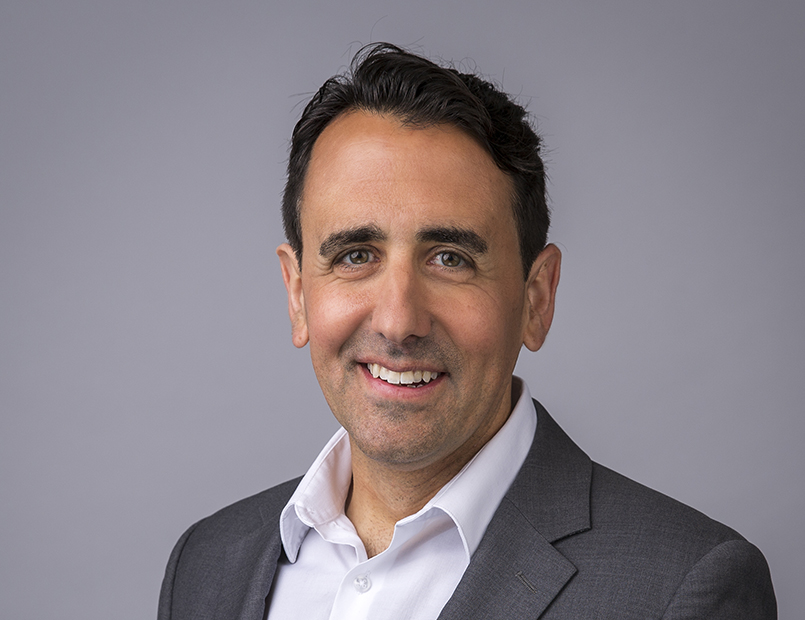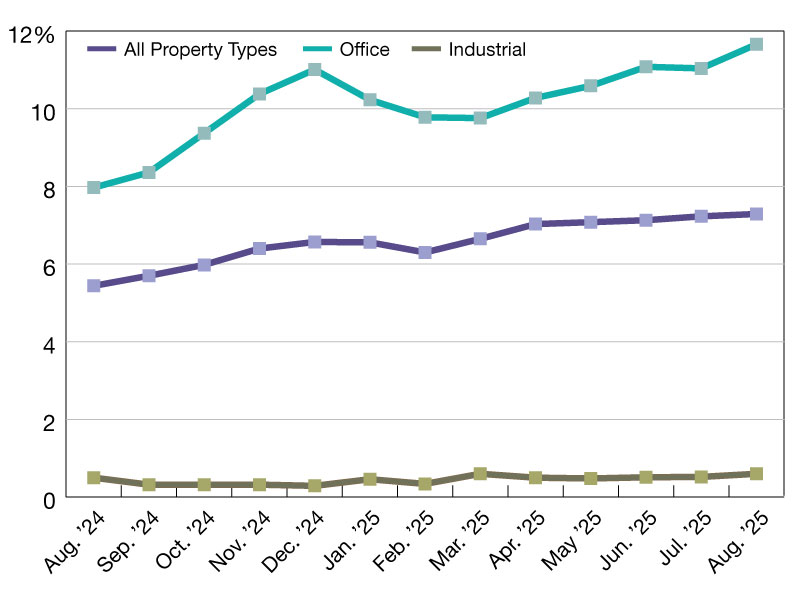From Mandates to Markets: How Non-Financial Data’s Shaping the Future
Regulations may shift, but CRE investor priorities do not, writes Dr. Chris Pyke of GRESB.

Recent months have brought a series of changes in the regulatory landscape for climate-related disclosures in the U.S. In particular, the Securities and Exchange Commission’s decision to pause its defense of new climate disclosure requirements has been interpreted as a signal—some would say confirmation—that climate regulation in the U.S. will not follow the trajectory set by the European Union or international frameworks like the ISSB.
At the same time, we’ve seen adjustments in Building Performance Standards at the state and municipal levels. New York City, for example, is doubling down on Local Law 97, tightening carbon targets for 2030—yet just 43 percent of buildings currently meet those thresholds. Elsewhere, such as in Denver, performance standards are evolving more cautiously, with modified timelines and reduced penalties.
READ ALSO: Will Economic Headwinds Blow Away CMBS Growth?
These developments may seem contradictory. But they reflect a consistent theme: U.S. climate policy for real estate’s becoming less prescriptive, more adaptive and increasingly reliant on local government and market-based leadership.
This shift poses a challenge. In the absence of universal mandates, how do investors ensure that sustainability considerations are factored into risk and return expectations? The answer lies in data—and more specifically, in high-quality, non-financial data that provides insight into management practices, operational performance and climate risk exposure.
Climate risk is financial risk—and it’s getting worse
Let’s start with what the data is telling us. GRESB participants in the global ESG benchmark—representing almost $9 trillion in real estate and infrastructure assets—report rising exposure to both acute and chronic physical climate risks.
Flooding remains the most frequently reported acute hazard. Between 2023 and 2024, the proportion of entities identifying river floods as a material risk rose from 64 percent to 67 percent. Flash floods followed a similar trajectory, increasing from 54 percent to 57 percent. These shifts reflect not only expanding floodplains and more intense storm events but also the growing recognition that flooding is no longer a marginal concern—it’s a systemic operational and financial risk.
Chronic stressors show a similar pattern. Heat stress was reported as a chronic stressor by 64 percent of real estate entities in 2024, up from 57 percent the prior year. Rising sea levels were reported as a chronic stressor by 58 percent of participants, a 3 percent increase from the year before. And drought stress increased slightly as a major concern, inching up from 50 percent to 51 percent. In other words, physical risks are increasingly being watched closely by real estate participants.
These trends show up in bottom-line impacts. In 2024, 63 percent of participants reported increased capital costs associated with climate-related events, up from 58 percent in 2023. Operating costs followed suit, rising from 50 percent to 54 percent. These figures make it clear: Climate risk is not a future concern. It’s a current and growing financial liability.
Volatility underscores the need for voluntary action
The current policy environment makes two things clear: First, a fully standardized, mandatory sustainability reporting regime in the U.S. is unlikely in the near term. Second, the lack of a regulatory requirement does not change the financial relevance of climate resilience, energy performance or social sustainability.
This creates a gap—an information vacuum that investors must now fill themselves. Fortunately, this is not a new challenge. Globally recognized standards were instituted more than a decade ago to support precisely this kind of voluntary, investor-driven disclosure. Over time, these efforts have evolved from a survey-based assessment into a globally recognized standard with defined indicators, independent materiality judgments and rigorous data validation procedures.
LIKE THIS CONTENT? Subscribe to the CPE Capital Markets Newsletter
The lesson here is simple: In the absence of regulation, voluntary, market-led action must carry the weight. For investors, this means prioritizing asset-level data, performance benchmarking and continuous engagement with managers on issues of governance, risk and opportunity.
Data collection as a strategic capability
Why is non-financial data collection so important? Because it transforms sustainability from a narrative into an investment discipline. A manager’s ability to identify, collect and interpret operational data—on energy, emissions, water, waste and climate risk—is now a basic requirement for access to capital.
This is more than just reporting. It’s about using data to answer essential questions:
-
- Which assets are most exposed to heat stress or flood events?
-
- How do operating costs vary between older assets and those with modern certifications?
-
- Where are the opportunities for repositioning, retrofits or strategic divestment?
Data enables real estate companies to develop forward-looking capital plans aligned with decarbonization goals. It allows investors to distinguish between short-term improvements and long-term value creation. And it provides the inputs necessary for credible transition planning—an increasingly important tool for assessing “brown-to-green” investment strategies.
Consider the example of data centers. This sector faces complex sustainability challenges, from electricity intensity to water use and siting concerns near vulnerable communities. As a result, more data center operators are voluntarily providing performance data for their individual facilities. This is not driven by regulation but by investor demand—and a recognition within the industry that sustainability is now a prerequisite for growth. This voluntary action can fill gaps in policy, creating structured, comparable and decision-useful data.
The call for market-based accountability
The SEC’s recent decision should not be seen as a retreat from sustainability—it’s an invitation. It invites investors, managers and market participants to define what meaningful disclosure looks like. To determine which data are material. To establish how performance should be measured, compared and improved.
For real estate investors, the message is clear: Waiting for regulation is not a strategy. The market’s already moving. Voluntary action’s no longer optional. It’s now the primary vehicle for understanding risk, identifying opportunity and delivering long-term returns in a changing climate.
Dr. Chris Pyke is the chief innovation officer at GRESB, where he leads research, communications and the evolution of sustainability standards for real assets. He holds a Ph.D. in environmental science and teaches urban and regional planning at Georgetown University.







You must be logged in to post a comment.